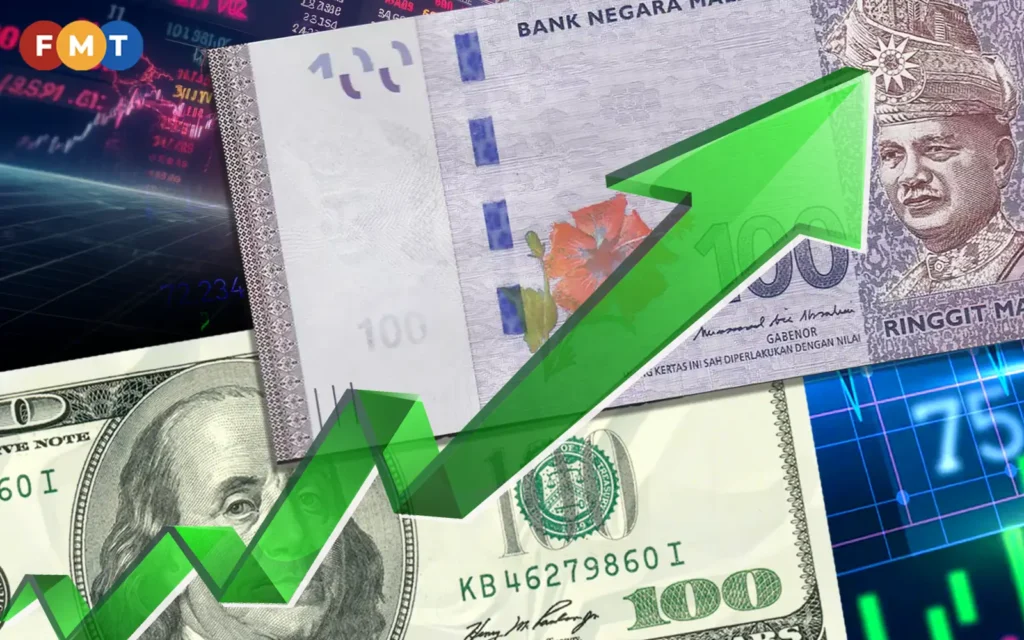April 11, 2025 – The US Dollar Index, commonly known as DXY, has captured the attention of global markets as it plunges to its lowest level in over a year, sparking debates about the future of the US dollar’s strength. Investors, traders, and policymakers are closely monitoring this critical gauge of the dollar’s value against a basket of major currencies, as its movements ripple through equities, commodities, and international trade. With economic uncertainties mounting, what’s driving this decline, and what lies ahead for the DXY?

A Sharp Decline in DXY Shakes Markets
The DXY, which measures the US dollar against six major currencies including the euro, yen, and pound, has been on a downward trajectory in recent weeks. As of April 11, the index hovers around 100.50, a significant drop from its peak of 104.30 earlier this year. This marks the DXY’s weakest performance since October 2024, with a single-day decline of over 2% earlier this month setting a bearish tone. Analysts point to a confluence of factors, from shifting monetary policies to geopolitical tensions, as catalysts for this slide.
The US dollar’s recent weakness has raised eyebrows, particularly as it coincides with heightened market volatility. Investors often view the US dollar as a safe-haven asset, but its current trajectory suggests a shift in sentiment. The DXY’s fall has bolstered risk assets like cryptocurrencies and equities in some markets, while putting pressure on dollar-denominated commodities such as oil and gold.
Policy Shifts and Economic Signals
One of the primary drivers behind the DXY’s decline is speculation around the Federal Reserve’s monetary policy. Markets are pricing in a potential pause in interest rate hikes, with some analysts even anticipating cuts later in 2025. This shift comes as inflation shows signs of cooling, with February’s consumer price index indicating a slowdown in price growth. A less hawkish Fed typically weakens the US dollar, as lower interest rates reduce its appeal to yield-seeking investors.
Additionally, proposed trade policies under the current administration, including new tariffs, have stirred uncertainty. While tariffs are often seen as dollar-supportive, fears of retaliatory measures from trading partners like China and the European Union have weighed on the DXY. Reports suggest that China’s central bank has taken steps to curb dollar purchases, adding downward pressure on the US dollar index as the yuan faces its own challenges.

Global Dynamics and the US Dollar’s Role
The DXY’s movements are not just a domestic story—they reflect broader global dynamics. The euro, which accounts for a significant portion of the DXY basket, has gained ground as the European Central Bank signals a cautious approach to rate cuts. Similarly, the Japanese yen has strengthened amid expectations of tighter policy from the Bank of Japan. These shifts have tilted the balance against the US dollar, dragging the DXY lower.
Emerging markets, too, are playing a role. As the US dollar weakens, currencies in developing economies have gained breathing room, potentially spurring growth in those regions. However, a weaker dollar could complicate matters for countries with dollar-denominated debt, creating a delicate balancing act for global policymakers.
What’s Next for the US Dollar Index?
Looking ahead, the trajectory of the DXY remains uncertain. Technical analysts note that the index has fallen below its 200-day moving average, a bearish signal that could foreshadow further declines. Some predict the DXY could test the psychological 100 level, a threshold that has historically acted as a springboard for significant market moves. A breach below this point might trigger a deeper sell-off, potentially reshaping currency markets.
On the flip side, bullish voices argue that the US dollar’s fundamentals remain strong. The US economy continues to outperform many of its peers, with robust retail sales and steady job growth providing a solid foundation. If inflationary pressures resurface or geopolitical tensions escalate, the DXY could reclaim lost ground as investors flock back to the safety of the US dollar.

Implications for Investors and Markets
For traders, the DXY’s volatility presents both risks and opportunities. A weaker US dollar could fuel rallies in commodities and equities, particularly in export-driven economies. However, it also raises questions about the sustainability of dollar-based investments, from bonds to multinational stocks. Currency traders are keeping a close eye on upcoming economic data, including retail sales figures and the Fed’s next policy meeting, for clues about the DXY’s direction.
The US Dollar Index’s current slump is more than a technical blip—it’s a reflection of shifting economic tides. Whether the DXY rebounds or continues its descent will depend on a complex interplay of policy decisions, global reactions, and market sentiment. For now, the world watches as the US dollar navigates uncharted waters, with the potential to reshape financial landscapes in the months ahead.
I am a passionate digital marketer, content writer, and blogger. With years of experience in crafting compelling content and driving digital strategies. I’m always exploring new trends, optimizing strategies, and creating content that resonates with audiences. When I’m not working, you’ll find me diving into the latest digital marketing insights or experimenting with new blogging ideas.